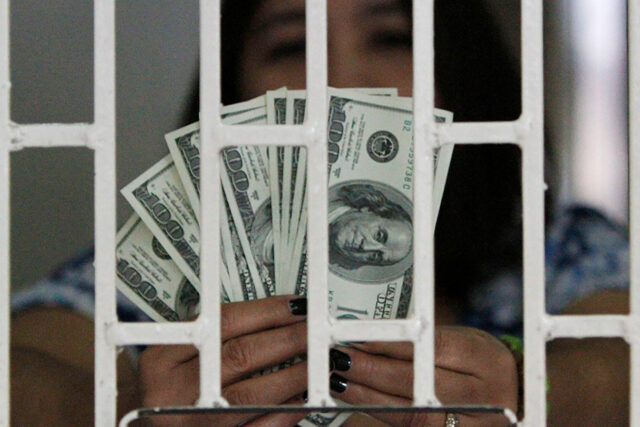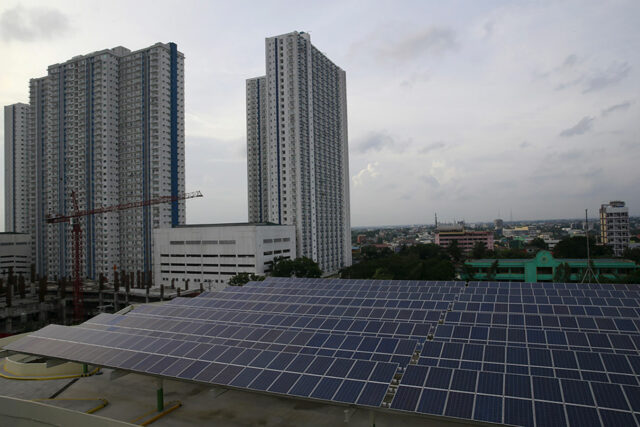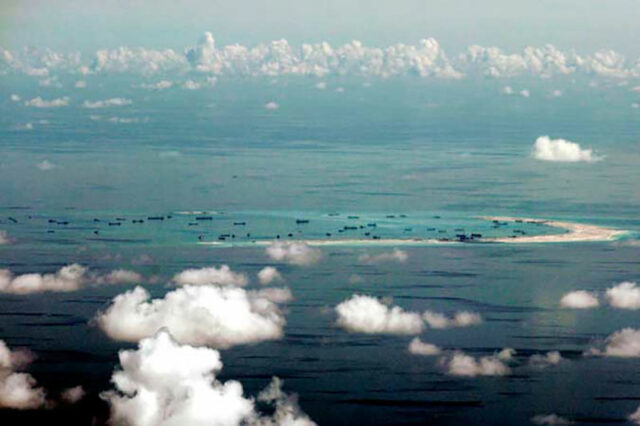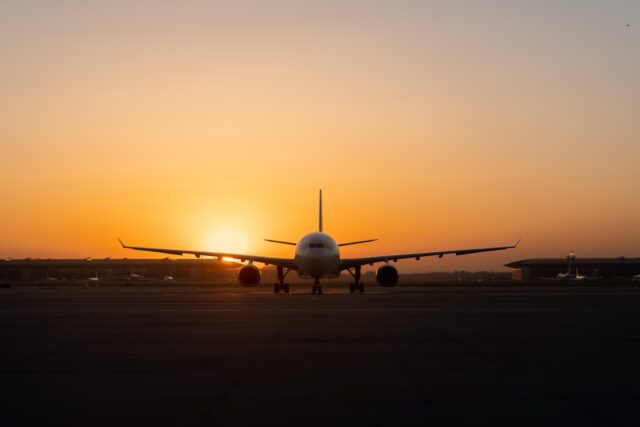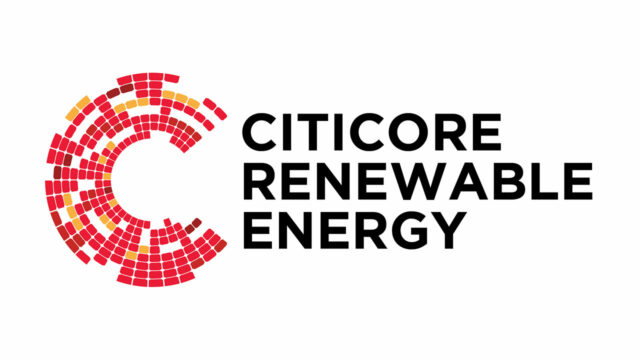Remittances rise 3% in February
By Aaron Michael C. Sy, Reporter
MONEY SENT HOME by overseas Filipino workers (OFWs) rose by 3% in February, the Bangko Sentral ng Pilipinas (BSP) said on Monday.
Data from the central bank showed cash remittances coursed through banks rose to $2.65 billion from $2.57 billion a year earlier.
Month on month, the tally was 6.7% lower than $2.84 billion in January.
The growth in cash remittances was also faster than 2.7% in January and 2.4% a year ago.
“The expansion in cash remittances in February 2024 was due to growth in receipts from both land- and sea-based workers,” the BSP said.
Remittances from land-based workers rose 3.4% to $2.13 billion, while money sent by sea-based workers edged up 1.2% to $520 million.
“We’ve seen that the uptick in February inflation had an impact in terms of the real Philippine peso value of remittances,” Carlo O. Asuncion, chief economist at Union Bank of the Philippines, Inc., said. “Thus, we think that inflation may pose this challenge until El Niño challenges start to fade in the second half of 2024.”
Inflation quickened to 3.4% in February from 2.8% in January, but this was slower than 8.6% a year ago. February marked the third straight month that inflation was within the 2-4% target range.
For the January-to-February period, cash remittances increased by 2.8% to $5.48 billion from $5.33 billion a year ago.
“The growth in cash remittances from the United States, Saudi Arabia, Singapore, and the United Arab Emirates (UAE) contributed mainly to the increase in remittances in January-February 2024,” the BSP said.
The United States accounted for 41.4% of overall remittances in the first two months of the year. Singapore was the second-biggest source of remittances at 7.3%, followed by Saudia Arabia (5.6%), Japan (5.2%) and the United Kingdom (4.8%).
Other sources of remittances were the UAE (3.8%), Canada (3.2%), Taiwan (2.9%), Qatar (2.8%) and Malaysia (2.5%).
Mr. Asuncion also noted that the share of remittances from Middle East countries had dropped.
“I noticed that there were marked share declines for host countries from the Middle East, but there has also been marked share upticks from other host countries like the US, Japan and the United Kingdom,” he said.
In a Viber message, Rizal Commercial Banking Corp. Chief Economist Michael L. Ricafort said the continued increase in remittances is a bright spot for the Philippine economy because it drives consumer spending.
Meanwhile, personal remittances from OFWs also went up by 3% in February to $2.95 billion.
Remittances from workers with more than one-year contracts went up by 3.3% to $2.31 billion, while money sent by OFWs with less than one-year contracts inched up by 1.7% to $570 million.
Year to date, personal remittances rose by 2.8% to $6.1 billion from $5.93 billion a year ago.
Mr. Ricafort said he expects modest growth in remittances in the next few months.
“For the coming months, single-digit growth in OFW remittances could still continue as OFW families/dependents still need to cope with relatively higher prices/inflation locally that would require sending more remittances,” he said.
Risks of an economic slowdown or a recession in the US could also drag remittance growth because it could lead to job losses for OFWs, Mr. Ricafort added.
Mr. Asuncion said he expects remittances to grow by 3% this year, and 2.8% in 2025.
“We still think that remittances will rise as expected despite rising geopolitical risks, particularly in the Middle East,” he said.
Meanwhile, Bank of the Philippine Islands Lead Economist Emilio S. Neri, Jr. said remittance growth could accelerate due to increased OFW deployment this year.
“OFW deployment hit a record high in 2023…We expect the growing size of overseas Filipinos to send more just as new workers are sent abroad,” he said.
The BSP expects cash remittances to grow by 3% this year.

